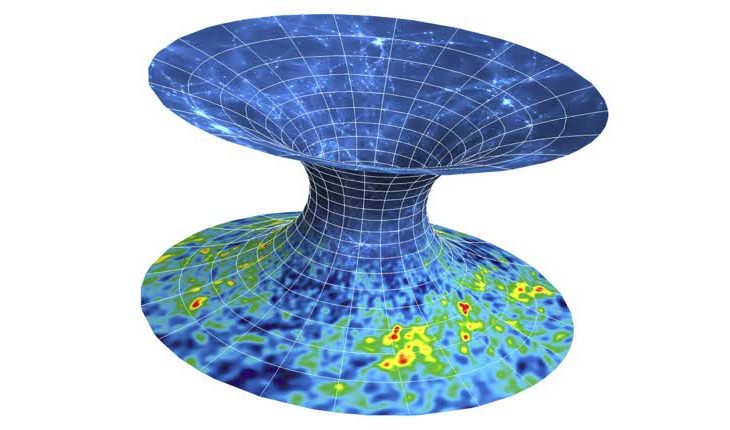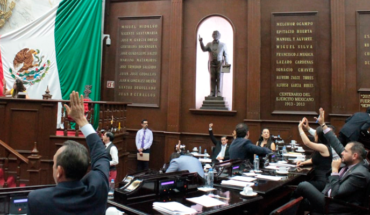One of the most daring and seductive ideas of contemporary physics was proposed two decades ago, by the physicist D (e) Princeton University, John Maldacena. “The idea, known as Maldacena’s conjecture, is a deep connection between general relativity and quantum mechanics,” explains Dr. Palma, Ph.D. in physics from Cambridge University.
“General relativity and quantum mechanics are like water and oil. The most brilliant minds of the last century have tried to unite them in a single theory called Quantum gravity, but they have failed again and again. Maldacena, he failed to find this theory, but he was able to establish an ingenious connection, which revolutionized our understanding of nature. One of the consequences of this connection is that our universe could be a holographic projection, “explains Palma, who is also an academic at the Department of FCFM Physics at the University of Chile.
Looking at an ordinary hologram, we see a three-dimensional image whose information is stored in a two-dimensional sheet. According to Maldacena’s conjecture, all the information in our universe (four-dimensional) could be kept in a world of three dimensions, where time does not exist.
The key is in the telescopes
Palm-led research determined that a holographic universe does not allow its galaxies to be distributed in space in any way. According to the Chilean scientist, one way to corroborate the idea of Maldacena would be through the complete mapping of our universe. This titanic task will be one of the main objectives of the next generation of telescopes.
One of the observatories that will help discern if the universe is a hologram is the Large Synaptic Sky Telescope Telescope, which is being built in the Coquimbo region by the Association of Universities for Astronomy research (AURA, for its Acronym in English). “If this observatory were to find a different pattern than the one predicted for holographic universes, we will be able to conclude that our universe is not a hologram,” says Palma.
The research entitled “Constraints on holographic multi-field inflation and models based on the Hamilton-Jacobi formalism” (“restrictions on holographic inflation and models based on the Hamilton-Jacobi formalism”) was the product of the work Collaborative Dr Palma together with physicists and physics of the University of Cambridge and the University of Leiden.
To see the original publication published in the scientific journal Physical Review Letters, you only have to review the following Web address https://journals.aps.org/prl/abstract/10.1103/PhysRevLett.122.191301
translated from Spanish: The Universe a hologram? Future telescopes will say
May 15, 2019 |





